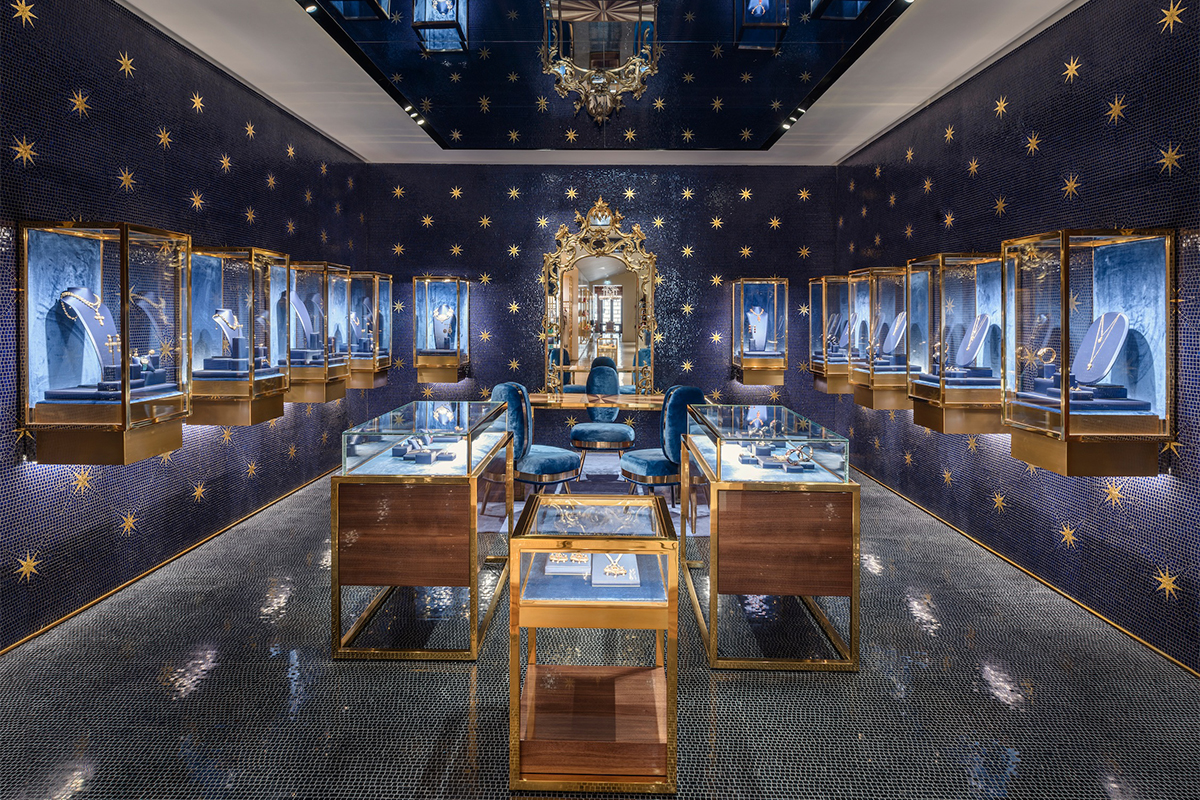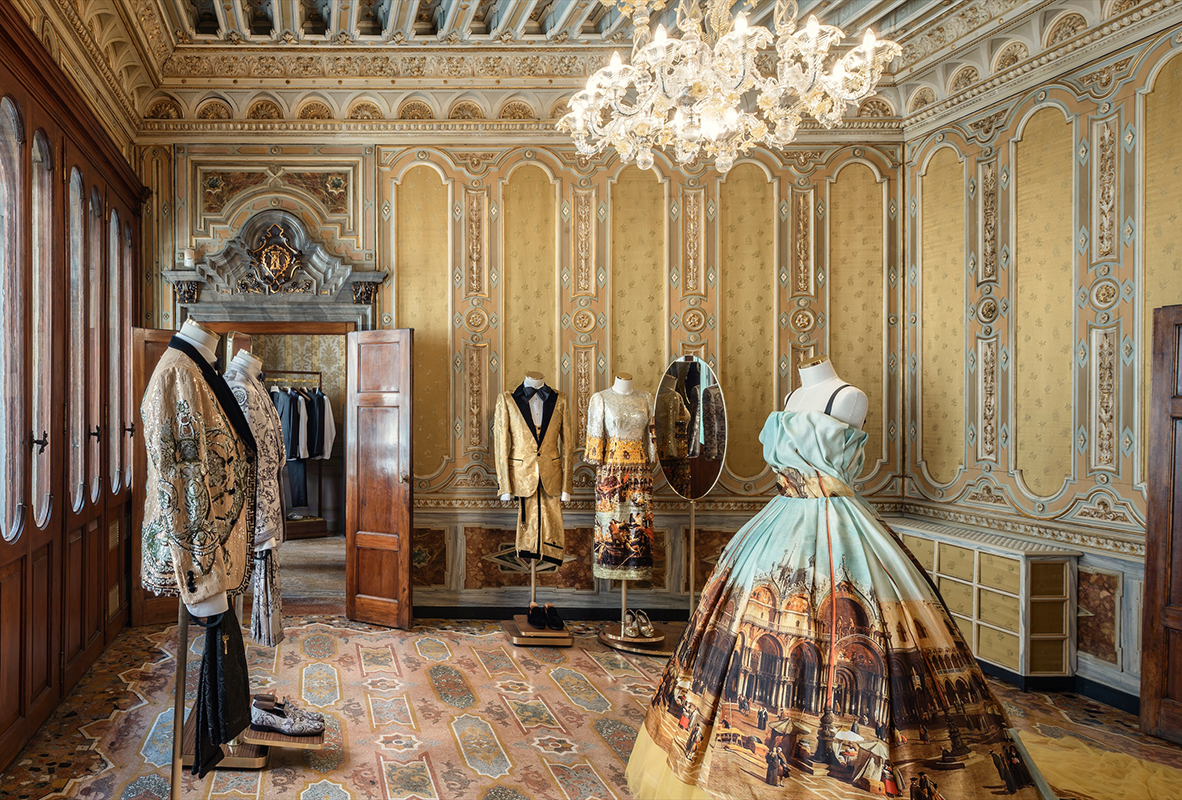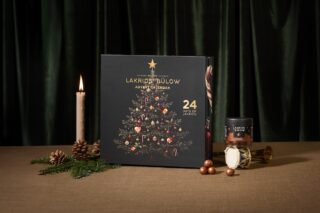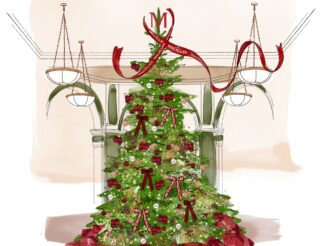This website uses cookies so that we can provide you with the best user experience possible. Cookie information is stored in your browser and performs functions such as recognising you when you return to our website and helping our team to understand which sections of the website you find most interesting and useful.
Architect CARBONDALE’s Venetian vision wins Prix Versailles for Dolce & Gabbana
By Michelle Johnson | 24 May 2018 | Lifestyle, Style
Luxury architect Eric Carlson creates ‘Best Interior in the World’ for Dolce & Gabbana’s Venice store

Eric Carlson of luxury architects CARBONDALE has won the coveted Prix Versailles award for 'Best Interior in the World', in Paris this month. The prestigious world architecture awards reward projects that combine culture and commercial architecture in various forms, and this year awarded the Special Prize Interior to Carlson for his firm's reimagining of Dolce & Gabbana's Venice Palazzo.
The fashion brand's Venice store is situated over two levels in the painstakingly restored historical Palazzo Torres, a former bank from 1880, originally designed by architect and sculpture Giuseppe Torres in a neo-Venetian renaissance style. Now the restored façade is combined with a modern building, with the interior reflecting the dual reality of history and modernity, with a well-travelled clientele in mind.
"Venice is not a shopping destination like Paris or Milan – it's a cultural destination where visitors from all over the world come to discover the city's urbanism, historical architecture, the art biennale, etc – so my vision was to create a cultural destination for Dolce & Gabbana in Venice, a store that generates curiosity and introduces people to the brand," Carlson exclusively told Tempus last December. >>

"Following the historical spatial model of traditional Italian palazzos with their characteristically different spaces, I composed the store into a series of 14 distinctive rooms," he said. "Each space is separated by highly polished red-gum wood door passages to create an elusive transition and inspire a sense of discovery for the visitors."
The 800 square meter store is segmented in the palazzo style, and areas – from the stunning azure jewellery room to the deep red women's clothing – each styled in contrast. The store also incorporates Venetian craftsmanship, with door handles, clothing hooks, display stands and mirrors all made of hand-blown Murano glass by the Seguso family, and Damascus fabric from the historic Venetian weavers Bevilacqua and Rubelli.
"Dolce & Gabbana as a brand is not about balance, it's about contrast," said Carlson. "I decided to create a striking contrast between a decidedly contemporary design and the street–facing 1880 Neo-Venetian Renaissance style architecture, which was methodically restored to its original extravagance."







